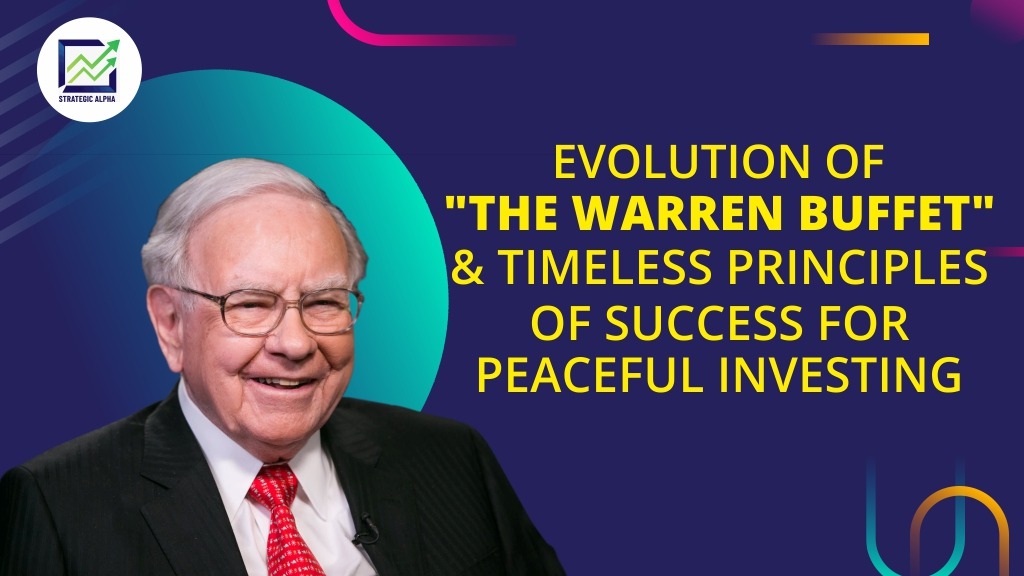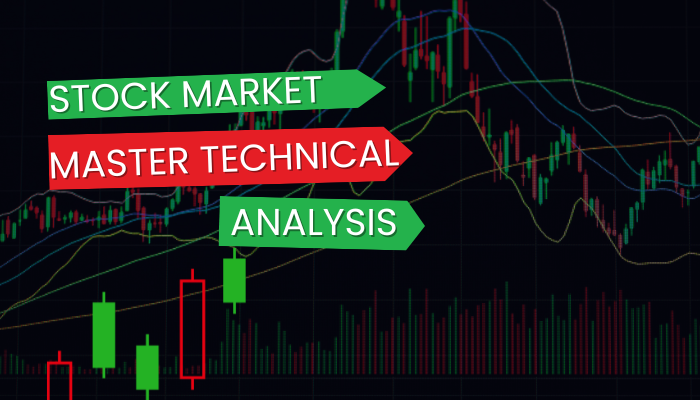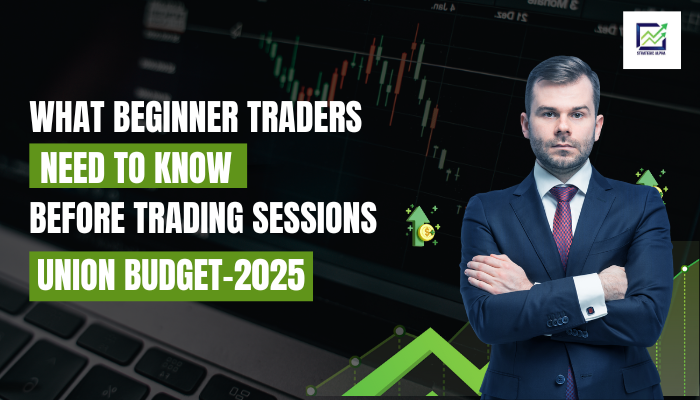Introduction
Warren Buffett, the son of US Congressman Howard Buffett and born in 1930, is one of the most admired investors of all time. Buffett was dubbed the Oracle of Omaha because of his investment selection and long-term success. Buffett is one of the world’s wealthiest persons, with an estimated worth of $82.4 billion, according to Forbes. He has been the CEO of Berkshire Hathaway for 50 years, making him the longest-serving CEO in the S&P 500.
Evolution of Warren Buffett’s Investment Strategies
Warren Buffett is widely regarded as the world’s most successful investor. Those wishing to learn from him, however, should be aware that his investment career has been divided into periods.
Stage 1
Early on, Buffett used a strategy known as cigar butt investing, which is based on Benjamin Graham’s playbook. This strategy asks the investor to look for mediocre companies that are trading at huge discounts. It’s akin to looking through the discount bin for a DVD. Everything is on sale, and most of it is rubbish, but there may be something worth seeing. The strategy is known as cigar butt investing because it’s similar to picking up a discarded cigar butt on the street that still has one excellent puff left in it.
The companies chosen in this manner are those that are nearing completion. However, a final increase in pricing happens, allowing you to take a puff, i.e. profit, and toss the Cigar Butt, i.e. sell the stock.
Buffett was compelled to abandon this manner of investing as his experience grew and his riches grew. It gets more difficult to move the needle by investing in the types of stocks discovered by the cigar butt strategy when one accumulates capital, as Buffett did.
In a letter to his shareholders in 2014, he said “Cigar-butt investing was scalable only to a point. With large sums, it would never work well.”
Stage 2
Buffett eventually adopted a strategy similar to that of his Berkshire partner Charlie Munger. Instead of cigar butts, he began seeking for really high-quality enterprises with long-term competitive advantages, even if they were not as inexpensive as cigar butts.
But most of the second phase of Buffett’s investing included moat investing. For decades, the Oracle of Omaha has referred to his moat analogy. To be successful, a company must have a clear moat, or competitive edge, that allows it to maintain pricing power and higher profit margins than the industry average.
Over time, these variables usually translate into higher long-term returns for investors, as corporations may return more capital to their owners. Unlike commodity firms, businesses with long-term competitive advantages do not need to reinvest much in their operations to preserve their competitive edge.
At the 1995 Berkshire Hathaway annual meeting of shareholders, Buffett explained his moat principle – “What we’re trying to do, is we’re trying to find a business with a wide and long-lasting moat around it, surround — protecting a terrific economic castle with an honest lord in charge of the castle.”
Pharmaceutical businesses are an excellent example of companies with moats since they frequently have patents on the pharmaceuticals they bring to market, giving them exclusive rights to sell drugs that, in some cases, may be made by anybody.
Stage 3
Buffett’s ultimate stage of development is as a private equity firm. Buffett went from buying little holdings in fantastic businesses to acquiring entire companies and combining them into Berkshire Hathaway, a huge conglomerate. Berkshire Hathaway, for example, completed the $26.5 billion purchase of the Burlington Northern Railroad in 2010.
Berkshire Hathaway’s acquisition of Precision Castparts is another example of this new way of conducting business. In 2015, he agreed to pay $32 billion for the aerospace and industrial goods company. Buffett paid $235 per share at that time, a 21 percent premium above the stock’s market price at the time.
Moving Forward – GARP Investing
Warren Buffett’s latter investment approach could be said to have leaned more toward investing for growth at a reasonable price.
GARP investing is commonly connected with famed investor Peter Lynch, who managed the Magellan Fund at Fidelity Investments between 1977 and 1990 and earned record average annual returns of 29.2 percent.
GARP investors are more cautious about the sort and level of growth they are willing to invest in than growth investors. Unlike growth investors, who frequently make more risky investments in companies that have yet to record earnings, GARP investors seek out companies that are already profitable. As a result, GARP investors are less concerned with revenue growth and are more interested with profit growth.
GARP investors are pessimists who don’t want to pay for growth that may or may not materialise. GARP investors look for companies that have been able to generate good historic growth rates in the past to help them attain this aim.
GARP Investing Attributes
- Business that is already lucrative
- 10–20 percent annual growth has been observed in the past and is expected in the future.
- PEG ratios below 1.0x (or 2.0x in today’s low interest rate environment) Mid-range P/E of 15–25x
- ROE and ROIC are higher than the industry average.
Warren Buffett’s Long Term investing Stocks
“If you aren’t willing to own a stock for ten years, don’t even think about owning it for ten minutes.”
Buffett began his career as a stockbroker at his father’s brokerage firm. In the early 1950s, he had a rocky career as an investment salesman. He founded the Buffett Partnership in 1956. Buffett invested only $100 out of a total of $105,000 from seven family members and friends. He was managing roughly $300,000 by the end of the year.
Warren Buffett began buying Berkshire Hathaway stock in 1962, when it was primarily a textiles concern. He realised it wasn’t making him any money, so he began to phase it out. Instead, he began investing in insurance firms. He took leadership of Berkshire Hathaway less than ten years later, in 1965. Buffett took over as chairman of the corporation in 1970 and published his first shareholder letter. Buffett’s letters would go on to become well-known and a source of study for many investors across the world. See’s Candy and GEICO were two of Berkshire’s subsequent acquisitions. Berkshire Hathaway was able to acquire a 7% stake in Coca-Cola for almost $1 billion. In 1990, Buffett became a billionaire. Buffett put a lot of money into huge banks in the early to late 2000s.
source: carson college of business
Coca-Cola
Warren Buffett’s affection for Coca-Cola (KO) extends beyond his stock holdings. He drinks five 12-ounce Coca-Cola cups each day and famously told Fortune magazine in 2015, “I am one-quarter Coke.” In terms of investments, he purchased $1 billion worth of Coca-Cola stock in 1988 and has held it for nearly 30 years, making it the asset he has kept the longest. At the time, this amounted to 6.2 percent of the corporation. Since then, the stock has increased by almost 2000%, and it was his fourth-largest investment in December 2021, valued at $21.6 billion. He also received $672 million in Coca-Cola dividends last year.
Bank Of America
Buffett’s largest bank stock holding is Bank of America Corporation (BAC). This was Buffett’s second-largest position as of December 2021, with 1.01 billion shares valued at roughly $45 billion. Buffett began investing in Bank of America equities in 2011 when he purchased $5 billion in preferred shares at a time when the bank was dealing with legal challenges following the financial crisis. These shares would be redeemable at a premium of 5% and would pay a 6% dividend. Berkshire also obtained stock warrants, allowing it to purchase 700 million common shares of the bank at a set price over the next ten years.
In 2017 Buffett boosted his stake in Apple and became Bank of America’s largest shareholder, with about 700 million shares. JPMorgan Chase and Bank of New York Mellon were added to Berkshire Hathaway’s portfolio a year later.
Apple
Buffett began buying Apple (AAPL) stock in 2016, despite having eschewed investing in tech equities for the most of his career. In the next two years, he bought 887 million shares of Apple, giving him a 5.4 percent ownership in the firm. Apple became the first business to reach a market capitalization of $ 3 trillion, and his stake in the company is now worth over $160 billion. His Apple investment now accounts for more than 40% of his total equity holdings. He also receives a whopping $ 775 million in annual dividends from Apple!
Buffett invested in Apple because he believed in the brand’s and ecosystem’s potential, not because of the company’s short-term financial results.
source: investopedia
Charlie Munger’s Influence on Buffett
They’ve been friends for almost 60 years and have worked together for over 40, and they’ve never had a fight, according to reports. They may argue at times, but they have the utmost regard for one another. When Warren is with Charlie, he claims that he constantly learns something new. It is because of this open-mindedness that their business relationship has been so successful, and they also enjoy working together.
“Charlie Munger changed my views – he refined them in a huge way, in terms of looking for the quality companies, and looking out for the ability to make an investment that will work out for five or 10 or 20 years as opposed to something where there might be one more puff left in the cigar. And that worked OK, but it was small-scale and it really doesn’t build anything satisfying. So he kept forcing me in the direction of saying ‘is this really a business that we want to own for forever?'”
Long Term Investing is Easier
“I’ve spent my entire life trying to convince people to invest in the long term. Listen, if I knew how to double my money tomorrow, I would probably invest in the short term too. It’s much easier to invest for the long term because you know with a very high probability what’s going to happen 10 and 20 years from now in a major way. And I don’t have the faintest idea what’s going to happen tomorrow or next week.”
Because you can harvest information from patterns and history, it is much easier to forecast what will happen in the long run. You also have the benefit of time, and the ability to react at the appropriate time, rather than being bound by a short-term goal that must be completed by a certain date.
No Cigar-Butt Investing
Buffett learned from Munger to search for long-term investments, such as companies that will be successful for a long time rather than those that may just have “one puff left in the cigar.” Berkshire Hathaway’s expansion and phenomenal success were aided by this strategic shift. Buffett would not be where he is today if he hadn’t learnt this lesson.
Knowledge is Power
Investing requires knowledge. Know a lot about a lot of things so you can comprehend a company’s ins and outs before you invest. If you have a background in finance, you should study engineering so that you can comprehend a product. Learn about accounting if you’re an engineer. You can view the larger picture if you have a broad knowledge foundation.
“It’s far better to buy a wonderful company at a fair price than a fair company at a wonderful price. Charlie understood this early; I was a slow learner.” Warren Buffett, Berkshire Hathaway, 1989 Annual Letter
Buffett’s Investment Methodology
Buffett invests in the Benjamin Graham value investing school. Value investors hunt for securities with unjustifiably low prices compared to their intrinsic value. When evaluating the relationship between a stock’s level of excellence and its price, he tries to uncover low-priced value by evaluating the company by asking few questions, few of which have been described here.
Is the Company Too Reliant on a Specific Commodity?
He avoids companies whose products are indistinguishable from their competitors’ and those that rely primarily on a commodity like oil and gas (but not always).
Buffett sees little difference between a company and another company in the same industry if it does not provide anything unique. Buffett refers to a company’s economic moat, or competitive advantage, as any feature that is difficult to imitate. A competitor’s ability to increase market share is more difficult the broader the moat.
Is the Company’s Profit Margin Sustainable?
A company’s profitability is determined not just by its profit margin, but also by its ability to constantly increase it. By dividing net income by net sales, this margin is obtained. Investors should look back at least five years for a decent idea of past profit margins.
A high profit margin suggests that the company is doing a good job of running its business, but expanding margins indicate that management has been exceptionally efficient and successful in keeping costs under control.
Is the Business Open to the Public?
Only companies that have been around for at least ten years are considered by Buffett. As a result, most technological businesses that went public in the last decade would not be on Buffett’s radar. He has stated that he does not grasp the mechanics of many of today’s technological companies and that he only invests in companies that he completely comprehends.
Identifying companies that have endured the test of time yet are now undervalued is a key component of value investing.
What is the Company’s Debt to Equity Ratio?
An important factor Buffett examines is the debt-to-equity ratio (D/E). Buffett prefers a low level of debt so that earnings growth is derived from shareholders’ equity rather than borrowed funds.
The higher the ratio, the more debt, not equity, is used to fund the company’s assets. A high debt-to-equity ratio might result in unpredictable earnings and expensive interest costs.
Warren Buffett’s Guiding Investment Principles
Warren Buffet’s investment strategy is a mixture of ideas proposed by two investment consultants from the 1930s, Ben Graham and Philip Fisher.
Buffett learnt the margin of safety technique from Graham, which entails following stringent quantitative standards to purchase shares in companies that are selling for less than their net working capital. Graham also underlined that tracking the stock market’s short-term volatility is futile, and that stock positions should be held for the long term.
Buffett contributed to Fisher’s appreciation for the impact that management may have on a company’s worth, as well as the fact that diversification increases risk rather than lessens it because it becomes impossible to keep track of all the eggs in too many different baskets.
Maintain a straightforward approach.
You don’t have to be an expert in the asset class you’re investing in in order to make decent results. Buffett explains this by using the example of a farm he purchased in 1986. He had no experience with farm operations. But, with the help of his son, he quickly calculated how much the farm would yield and what the operational costs would be. After 28 years, the farm’s productivity has increased by three times and its value has increased by five times.
Invest in what you’re familiar with.
Buffett believes it is critical for him to invest in companies that he is familiar with. Berkshire Hathaway’s portfolio is mostly devoid of technology stocks since he doesn’t comprehend it. When Google approached Buffett prior to its IPO, for example, he declined because he didn’t see how the company would remain profitable and competitive.
source: carson college of business
Constant tracking should be avoided.
Buffett’s investing philosophy is that after you’ve purchased an asset, you shouldn’t be concerned with its price every day. This is a common occurrence in real estate investing. People don’t go out every day to buy and sell. However, because stock market values are available in real time, investors may be tempted to engage in behaviour that should be avoided.
Conclusion
Warren Buffet’s investing style has evolved through the years in consistency with the changing environment. From cigar-butt investing to moat investing to GARP investing, the investment strategies changed owing to Buffett’s willingness to learn and adapt.
We may not have the same investment options as Warren Buffett, but that doesn’t mean we can’t take his advice. The majority of his advice precludes discussing financial methods. They are involved with something more significant. They show us how to invest in the appropriate way. If one doesn’t know how and when to apply tools and methods, they won’t help them.




